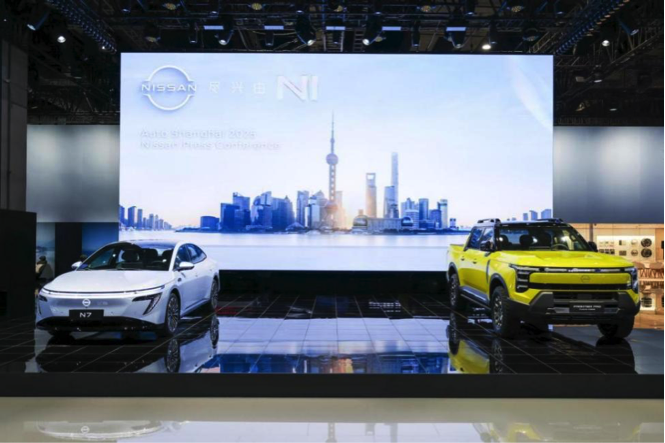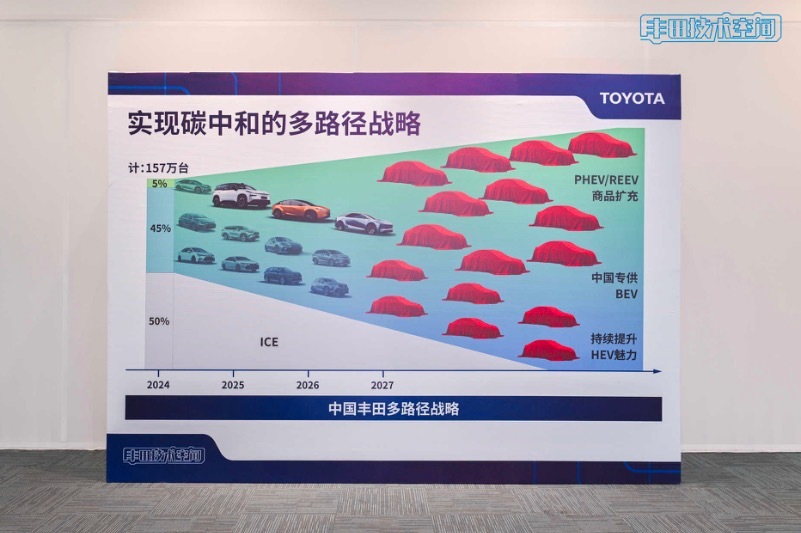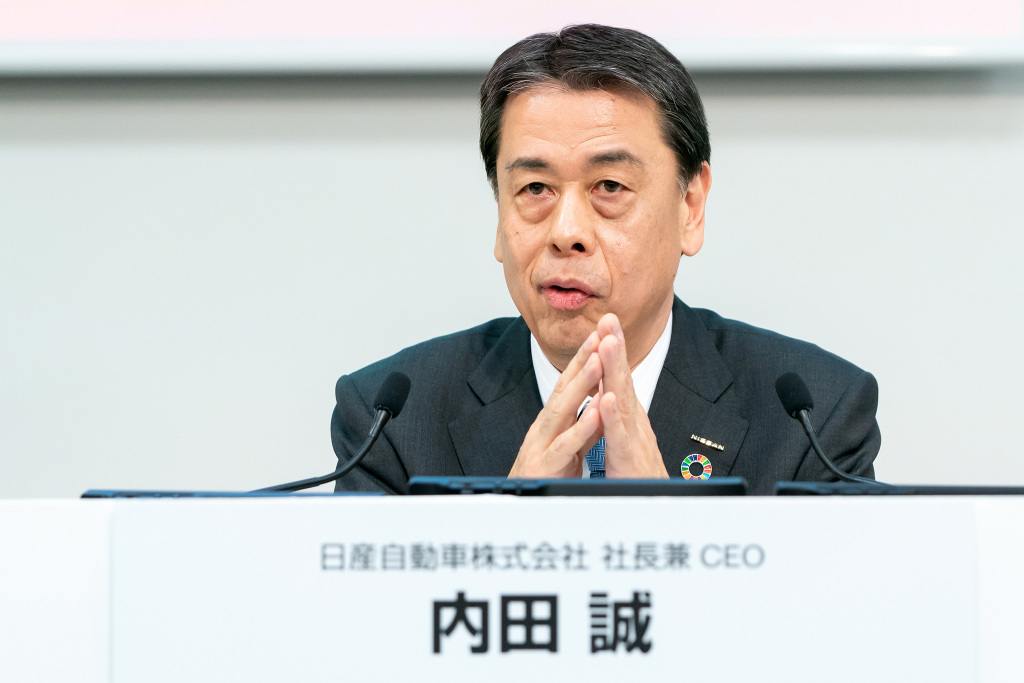
In the past two weeks, Toyota, Honda and Nissan have successively released their performance reports for the 2024 fiscal year (April 1, 2024-March 31, 2025). By comparison, it can be found that the operating profit and net profit of the three Japanese giants have declined to varying degrees.
In fiscal 2024, Toyota's operating profit was 4.8 trillion yen, down 10.4% year-on-year; net profit was 4.77 trillion yen, down 3.6% year-on-year. Honda's operating profit was 1.21 trillion yen, down 12.2% year-on-year; net profit was 83.58 billion yen, down 24.5% year-on-year. Nissan's operating profit was 69.8 billion yen, down 87.6% year-on-year, and its net loss reached 671 billion yen, which was only slightly lower than Nissan's highest net loss record in 2000.
The fierce competition from Chinese automakers in the past year has undoubtedly doubled the pressure on Japanese automakers. However, after the introduction of a 25% import tariff in the United States, the deteriorating business environment has made the future of Japanese automakers even more uncertain.

On May 13, 2025, local time, in Yokohama, Japan, Nissan Motor held a press conference at its headquarters to announce the company's full-year results for fiscal year 2024.
The United States is the largest market for Toyota, Honda and Nissan in the world. Despite the uncertainty of tariffs, Toyota said it will maintain its original operating methods in the United States. Honda and Nissan are trying everything possible to fight tariffs, including production transfers. Of the 1.4 million vehicles Honda sold in the United States in 2024, nearly 40% were exported from Japan. Honda plans to transfer production of the Civic 5-door hybrid model from Saitama, Japan to its factory in Indiana, USA. Honda President Toshihiro Mibe said that if the tariff measures continue for a long time, Honda will consider increasing production capacity by increasing work shifts in the United States. At the same time, Honda is also considering equipment investment. "But due to the wide-ranging impact on job security and the supply chain, we will make cautious judgments while observing the trends."
Nissan strives to maximize the production capacity of its factories in the United States and take this opportunity to regain its foothold in the United States. Nissan has an annual production capacity of more than 1 million vehicles in the United States. In 2024, Nissan's actual production in the US market will be about 520,000 vehicles, and there is still a lot of room for growth. At the same time, Nissan is still actively looking for cooperation opportunities to maximize its production capacity utilization in the United States through synergy.
In addition to the challenge of tariffs, Nissan obviously has more to worry about than Toyota and Honda. As we all know, Nissan's weakened competitiveness in the United States is largely related to the lack of hybrid models. Nissan's new CEO Ivan Espinosa also realized this and clearly proposed to increase the launch of hybrid models in the US market in his RE: Nissan Revival Plan.
In addition, Nissan will also revitalize the influence of its high-end brand Infiniti in the United States. Although Nissan's sales in the United States have increased by 1.5% year-on-year in the past year, the sales of Infiniti's models (except QX80) have all declined compared with the previous year. A closer look will reveal that Nissan's best-selling cars in the United States are actually cheap cars, and this situation continues. In the first quarter of 2025, Nissan sold 267,000 vehicles in the United States, a year-on-year increase of 5.7%. The growth was due to models such as Versa, Leaf, and Kicks, all of which have a starting price of less than $30,000. Entering the second quarter, Nissan is also lowering the prices of its core models Rogue and Pathfinder, hoping to increase customer affordability.
Nissan has completely become a brand associated with cheapness in the United States, which is also one of the sequelae left by the blind expansion of the Ghosn era. Former Nissan CEO Makoto Uchida was unable to reverse this situation, and Ivan Espinosa seemed to have no intention of doing so. Nissan is about to launch the Nissan One plan, which is a dealer compensation plan. The plan regards new car sales as the only indicator of performance and gives corresponding rewards based on sales reaching the target. Some people believe that this move is bound to attract dealers to promote sales or sell cars at prices below cost. As for whether Nissan One will trigger a new collapse of trust, we don't know yet.
Amid huge uncertainties, Japanese automakers are still not optimistic about the new fiscal year. Nissan is still in the turmoil of restructuring, and management believes that it is temporarily unable to give guidance for the new fiscal quarter. Toyota and Honda, which are relatively stable, have lowered their financial guidance for the new fiscal year. Due to the uncertainty of tariffs and the appreciation of the yen, Honda expects its operating profit in fiscal 2025 to fall by 59% to 500 billion yen, and its net profit will shrink by 70%. Toyota expects its net profit in fiscal 2025 to shrink by 34.9% year-on-year.


